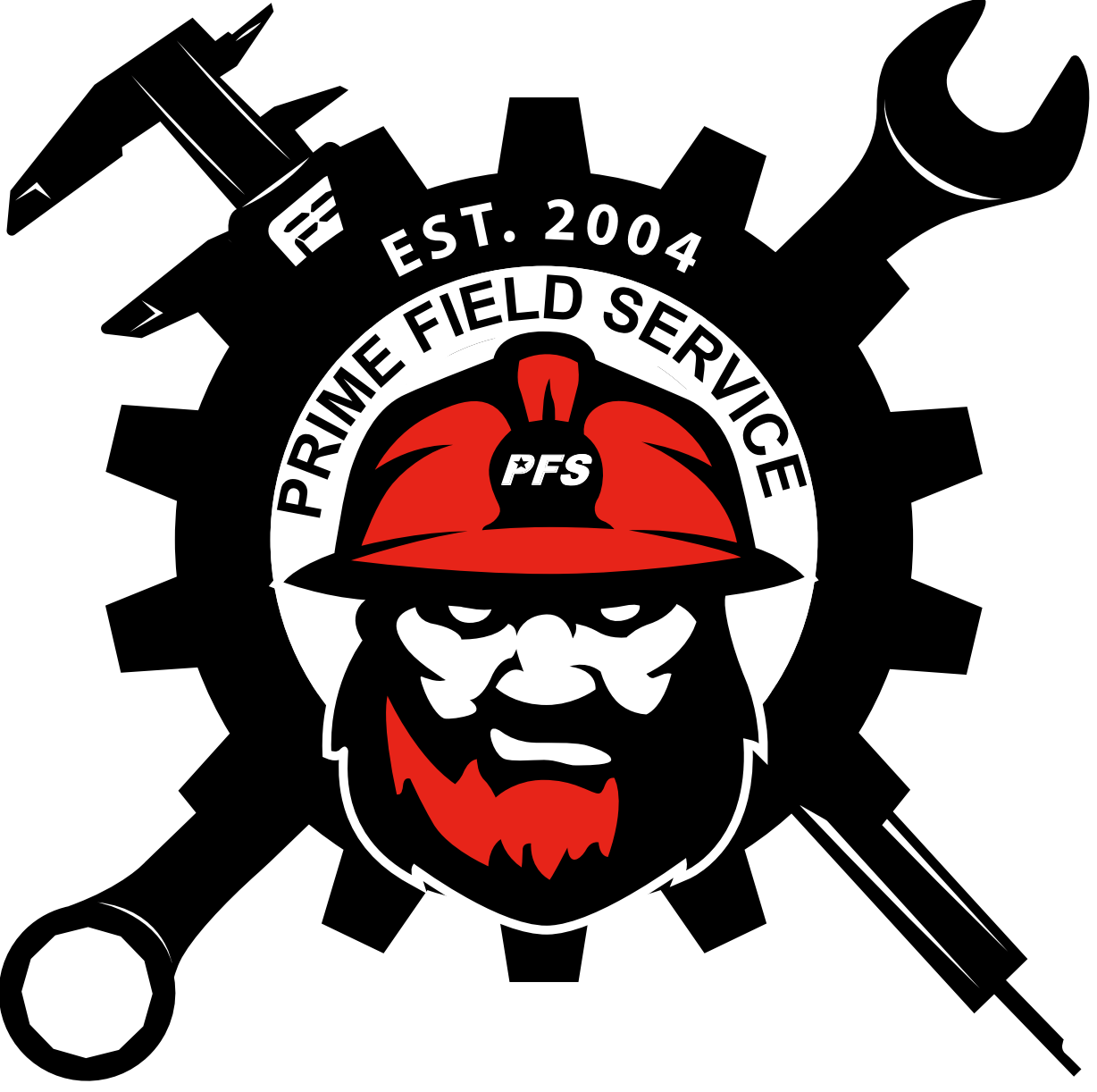Specialized Welder Millwright Welding Titanium mixer shaft
Specialized Welder Millwright Welding titanium material to create mixer shaft.
Welding titanium requires specialized techniques and considerations due to its unique properties and applications. Titanium is a lightweight, strong, and corrosion-resistant metal used in a wide range of applications, from aerospace and automotive to medical implants and chemical processing equipment. Its desirable properties also make it a challenging material to weld. This article explores key aspects of welding titanium, including its challenges, methods, and best practices.
Challenges in Welding Titanium
Titanium’s reactivity with oxygen, nitrogen, and hydrogen at high temperatures is the primary challenge in welding this metal. Exposure to these elements during the welding process can lead to embrittlement and a decrease in mechanical properties. Additionally, titanium’s thermal conductivity is relatively low, and its expansion coefficient is high, which can lead to distortions and residual stresses if not properly managed.
Welding Methods for Titanium
Several welding methods are suitable for titanium, each with its advantages and specific applications:
- Gas Tungsten Arc Welding (GTAW/TIG): The most common method for welding titanium, GTAW is preferred for its control over heat input and the quality of the weld it produces. It involves using an inert gas shield, typically argon, to protect the weld pool from contamination.
- Plasma Arc Welding (PAW): Similar to GTAW but with a more focused arc, PAW is used for precision welding of titanium, especially for thinner materials.
- Electron Beam Welding (EBW) and Laser Beam Welding (LBW): Both methods provide high energy density, allowing for deep weld penetration with minimal heat input. These techniques are used for high-precision applications, often in the aerospace industry.
Best Practices for Welding Titanium
To ensure the integrity and performance of titanium welds, several best practices must be followed:
- Cleanliness: Titanium must be thoroughly cleaned before welding to remove any surface contaminants. This includes mechanical cleaning to remove oxides and chemical cleaning to remove oils and greases.
- Preparation: Joint design and fit-up are critical in minimizing gaps that could lead to weld defects. A tight fit-up reduces the risk of contamination and ensures a uniform weld profile.
- Shielding Gas: A generous flow of inert shielding gas, such as argon, is essential to protect the weld area from atmospheric contamination. This includes the use of trailing shields and back purging for complete protection.
- Heat Control: Managing heat input is crucial to prevent warping and to control the microstructure of the weld. Techniques such as pulse welding can be effective in minimizing heat input

